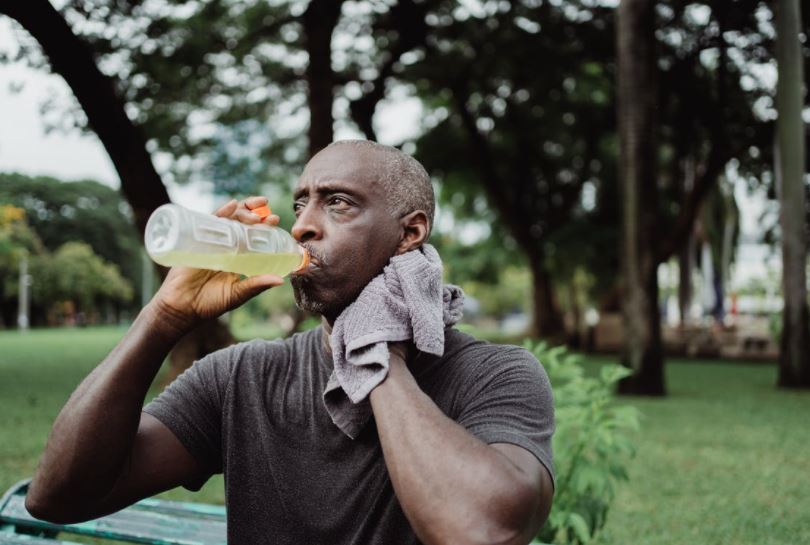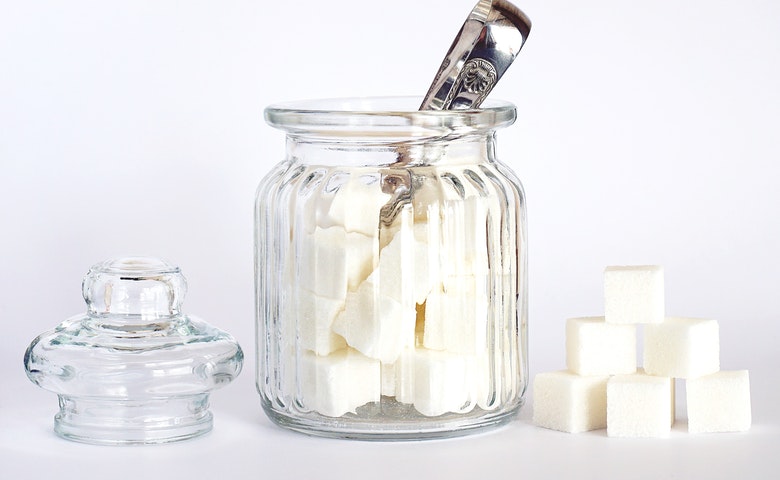Early Warning Signs of Heat Stroke

Heatstroke commonly occurs in the hottest days of the summer. It can affect a person after they have been out in extreme heat, especially with the sun blazing, for hours at a time. Physical exertion in intense heat can also lead to heatstroke.
A person who has a heat stroke needs immediate emergency medical treatment. If left untreated, the condition can lead to damage to the heart, kidneys, brains, and muscles. The longer a delay in treating heatstroke, the worse the outcome. A person can even die as a result of it.
What are the Causes of Heatstroke?
Heatstroke is caused by prolonged exposure to extremely hot temperatures that lead to the core body temperature rising to 104 degrees Fahrenheit or more. Most commonly, it affects older people and those who are chronically ill.
Strenuous activity can also cause heatstroke, especially when a person is outside in extremely hot weather. Anyone can be affected by the condition if they over-exert themselves in extremely high temperatures.
Heatstroke brought on by either of these causes can occur if you drink too much alcohol, become dehydrated or wear too much clothing that prevents sweat from evaporating to cool you down.
What are the Risk Factors of Heatstroke?
Although anyone can develop heatstroke, there are certain factors that may increase one’s risk. Those risks include the following:
- Age: Individuals over 65 are more likely to experience heat stroke due to their central nervous systems weakening.
• Over-exertion: Strenuous activities in extreme heat, including sports and military training, can lead to heatstroke.
• Sudden exposure to hot temperatures: Heatstroke is more likely to occur if a person is suddenly exposed to extremely hot temperatures such as during a sudden heatwave.
• Lack of air conditioning: When it’s very hot outside and a person is indoors, lacking air conditioning can lead to heatstroke.
• Some medications: Some medications may affect one’s ability to remain hydrated. Medicines like diuretics, beta-blockers, and antidepressants, for instance, can increase the risk of heatstroke.
• Some health conditions: Chronic illnesses like lung disease, heart disease or obesity can raise the risk of heatstroke.
What are the Early Warning Signs of Heatstroke?
Recognizing the early warning signs of heatstroke is important in preventing complications. Anyone who believes they are experiencing heatstroke or thinks another person is experiencing it should immediately call for emergency medical services.
The signs of heat stroke include the following:
- High body temperature: A high core body temperature of 104 or higher is the first sign. Usually, the temperature can be recognized with the use of a rectal thermometer.
• Confusion and odd mental state or behavior: A person with heatstroke may behave strangely, not make sense, appear confused or irritated, and have slurred speech. Seizures and coma can also result.
• Variations in sweating: The skin of a person affected by heatstroke brought on by extremely hot weather will feel hot and dry, whereas one who is affected by heatstroke caused by strenuous activity will have skin that feels dry or slightly moist.
• Nausea and vomiting: Heatstroke can cause a person to feel nauseous. They may also vomit.
• Flushed skin: Reddish skin is common with heatstroke as core body temperature increases.
• Rapid breathing: Breathing can become faster and shallow with heatstroke.
• Racing heart rate: A person with heatstroke will also have a much faster heart rate and pulse as the body attempts to cool itself.
• Headache: Heatstroke can cause a strong, throbbing headache.
• Loss of consciousness: A person can also faint from heatstroke.
How to Avoid Heatstroke
Preventing heatstroke is important when the weather is very hot. Staying indoors in air conditioning is one of the best ways to avoid it. However, if one has to go outdoors in extremely hot temperatures, using sunscreen, staying well-hydrated and wearing loose, light clothing that reflects the sun instead of dark clothing that can absorb it helps.
Avoiding staying inside a parked car is essential as that can raise body temperature significantly when it’s hot. People with certain medical conditions or who take certain medications should be particularly careful.
How to Treat Heatstroke
Heatstroke needs to be treated by medical professionals. A person waiting for professional treatment can do a few things in the meantime as pre-treatment. Taking a cool shower or getting hosed down with cool water can help. Avoiding cold drinks is important as it can lead to cramping. However, drinking room temperature water can help.
Knowing the signs to look out for can make all the difference when a person has heatstroke. Taking immediate action and calling for help or getting to the nearest emergency room can save a life. In the meantime, stay cool with reliable air conditioning in the Gold Coast.

















